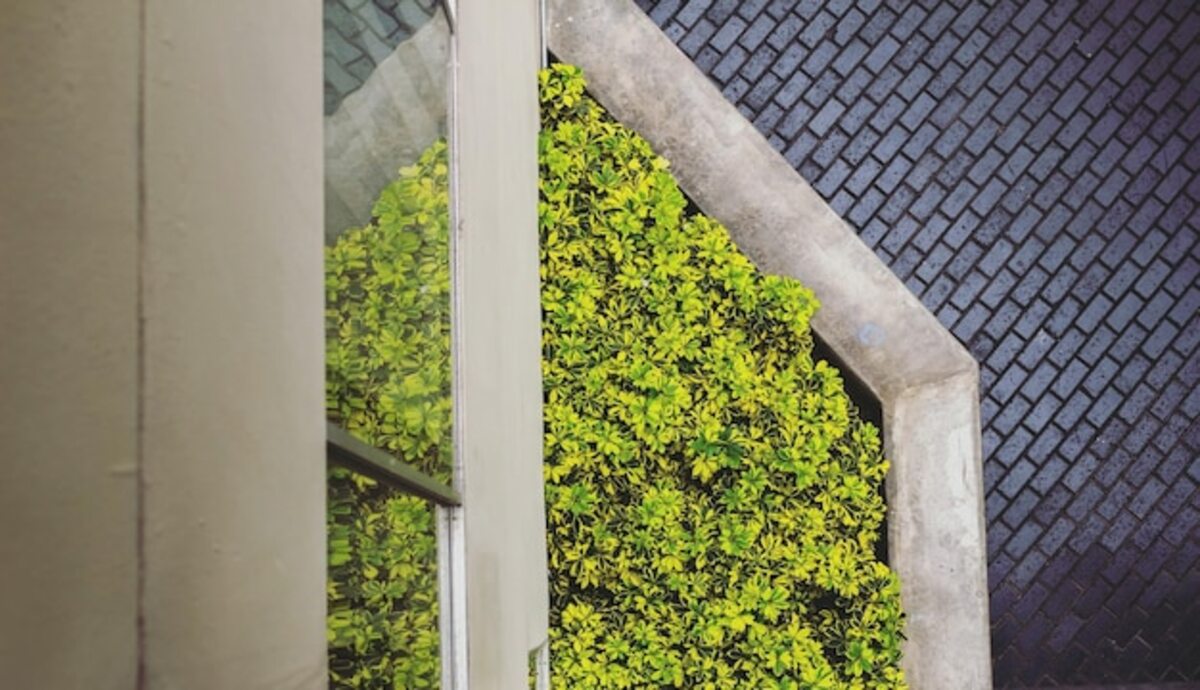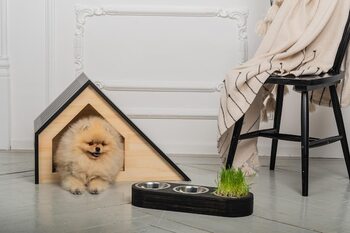Urban spaces: merging comfort and sustainability in your home

Urban spaces: merging comfort and sustainability in your home is an essential guide for those who wish to transform their dwelling into a harmonious and ecological refuge. In a world where urban growth challenges our connection with nature, we will show you how to integrate elements of comfort and sustainable practices into your home. Discover how these spaces can be both functional and environmentally friendly, thus enhancing your quality of life without sacrificing style or well-being.
The importance of bioclimatic design in urban spaces
The importance of bioclimatic design in urban spaces lies in its ability to create environments that adapt and respond to local climatic conditions. This approach not only optimizes the use of natural resources but also enhances the quality of life for residents by promoting a healthier environment. By integrating elements such as the proper orientation of buildings, the selection of sustainable materials, and the utilization of natural light, it is possible to reduce dependence on artificial heating and cooling systems, resulting in a more efficient and comfortable home.
Additionally, bioclimatic design promotes a greater connection with the urban and natural environment. By incorporating green spaces, such as green roofs or interior patios, the effects of urban heat can be mitigated and local biodiversity improved. These spaces not only contribute to a better microclimate but also serve as refuges for native species, thus fostering a more balanced ecosystem. Ultimately, adopting bioclimatic principles in urban design is essential for building resilient communities that prioritize both human well-being and the health of the planet.
2. Sustainable materials: building an eco-friendly home
Sustainable materials are essential for building an eco-friendly home, as they not only minimize environmental impact but also contribute to the health and well-being of its inhabitants. By opting for reclaimed wood, bamboo, or even composite materials made from waste, the need for new resources is reduced, and the carbon footprint is diminished. Furthermore, these materials tend to be more durable and require less maintenance over time, resulting in both economic savings and less time spent on repairs. Integrating these elements into your home not only creates a healthy environment but also promotes a unique and natural aesthetic.
The choice of eco-friendly finishes also plays a crucial role in creating sustainable urban spaces. Paints without volatile organic compounds (VOCs), biodegradable adhesives, and textile products made from natural fibers are some options to ensure that every corner of your home breathes freshness. Not only will you contribute to reducing indoor air pollution, but you will also be promoting responsible practices towards the environment. With each conscious decision about the materials used in your home, you will be building a refuge where comfort harmoniously merges with respect for nature.
3. Vertical gardens: a green solution for small spaces
Vertical gardens have become an innovative solution for those living in small spaces, where the lack of green area can be a hindrance. These structures allow for the cultivation of plants on walls, transforming any space, from balconies to apartment interiors, into a natural oasis. By incorporating a vertical garden, not only is beauty and freshness added to the environment, but air quality is also improved, promoting a healthier atmosphere. Furthermore, these systems are highly customizable, allowing homeowners to choose the plant species that best suit their tastes and needs.
The installation of a vertical garden is relatively simple and can be done with different types of support and automated irrigation systems that facilitate its maintenance. This means that even those without prior gardening experience can enjoy the benefits of having plants at home. By opting for this green alternative, you are not only beautifying your home but also contributing to sustainability by reducing the environmental impact associated with excessive urban land use. Thus, vertical gardens emerge as an effective response to the challenge of living surrounded by concrete and asphalt, promoting a closer connection with nature regardless of spatial limitations.
4. Renewable energy: making your home a self-sufficient space
Renewable energies have become a key solution for those seeking a self-sufficient and environmentally friendly home. Installing solar panels or wind energy systems not only reduces the dependence on conventional energy sources but also allows homeowners to generate their own electricity, thereby decreasing their monthly bills. Furthermore, by utilizing natural resources like the sun and wind, the home's carbon footprint is minimized, contributing to a healthier and more balanced environment. The transition to these forms of renewable energy does not require major renovations; many options are scalable and can be tailored to the specific needs of each household.
Integrating renewable energy technologies in your home goes beyond economic savings; it also promotes a more conscious and responsible lifestyle. For example, solar heating systems can heat water for domestic use, while geothermal heat pumps provide an efficient alternative for climate control. By opting for these sustainable solutions, you are not only taking care of the planet, but you are also creating a healthier indoor environment by reducing exposure to pollutants and harmful emissions. This holistic approach to sustainability can transform your home into a comfortable and eco-friendly refuge, where every corner reflects your commitment to both personal and global well-being.
5. Multifunctional furniture: maximizing comfort without the clutter
Multifunctional furniture has become an ideal solution for those living in small urban spaces, where every square meter counts. This type of furniture not only optimizes the available space but also allows for greater flexibility in organizing the home. For example, a sofa bed can provide comfort and style during the day as a resting place and, at night, transform into a cozy bed for guests. By choosing pieces that serve multiple purposes, you can maximize comfort without sacrificing aesthetics or creating clutter.
In addition to being practical, multifunctional furniture is often designed with sustainable materials and responsible production techniques. Choosing these options not only benefits your space but also helps reduce the environmental impact associated with the production of new furniture. Elements like extendable tables or modular shelves can adapt to different needs and lifestyles over time, fostering a more conscious approach to how we use our resources. By integrating multifunctional furniture into your urban home, you promote an environment that prioritizes both comfort and sustainability.
6. Water collection systems: taking care of our natural resources
The implementation of water collection systems is a fundamental strategy for those looking to care for our natural resources and promote sustainability in their homes. These systems allow for the capture of rainwater, which is often wasted as it runs off the streets, and store it for use in daily activities such as garden irrigation, home cleaning, or even for the toilet. By incorporating a water collection system, not only is the dependence on municipal supply reduced, but it also helps to mitigate the impact of climate change by decreasing the demand on local water sources. Furthermore, water collection systems can be aesthetically integrated into urban design, creating spaces that are both functional and attractive. From hidden cisterns to rain gardens that beautify your surroundings, these solutions offer multiple benefits: they improve air quality, promote biodiversity, and create a cooler environment around the home. The fusion of comfort and sustainability becomes evident as it allows you to enjoy a more balanced and environmentally conscious lifestyle, where every drop counts towards a greener future.
Implementing collection systems involves not only a personal commitment to environmental care but also inspires other community members to adopt similar practices. As more households choose this eco-friendly solution, a domino effect is created that can transform entire neighborhoods into places where responsible water management is an integral part of daily life. In this way, we collectively contribute to preserving this vital resource for future generations while simultaneously enjoying the comfort that our own homes can provide.
7. Community and sustainability: creating ties in urban environments
Community and sustainability are two fundamental pillars in the creation of urban environments that promote harmonious coexistence. By integrating green spaces, such as community gardens or recreational areas, not only is the physical and mental well-being of the inhabitants promoted, but a sense of belonging and collaboration among neighbors is also established. These initiatives allow people to share resources, knowledge, and experiences, which strengthens social ties and contributes to a more cohesive and supportive environment. Furthermore, by working together on sustainable projects, such as waste collection or tool sharing, a culture of environmental responsibility is fostered that benefits the entire community.
Creating bonds in urban environments also involves rethinking how we relate to our immediate surroundings. Sustainability can be a catalyst for bringing people together; events like eco-fairs or workshops on urban gardening provide opportunities to interact and learn from one another. These moments not only enrich our individual lives but also generate a positive impact on the environment. By collectively adopting sustainable practices—whether through bike-sharing or community composting systems—a resilient network is created where each member plays a vital role in the well-being of the neighborhood. In this way, merging comfort and sustainability in our homes goes beyond private space; it is an invitation to build stronger and more responsible communities towards our urban environment.



